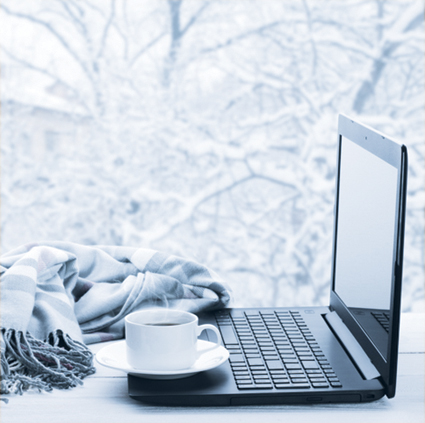
Editor’s Note: The Farmer’s Almanac is predicting a snowy winter – something we haven’t seen in a few seasons in Western Massachusetts. And give the unpredictability of this year’s summer storms, there’s no way to know how winter’s weather might affect us.
Be prepared for whatever winter throws our way by brushing up on how to stay ready for – and connected to news and family – during any upcoming blizzards and their aftermath.
Natural disasters can occur anywhere, at any time. Having a plan to stay connected during emergencies is essential. In the midst of a natural disaster, you’ll want to stay informed of local conditions and recommendations, be able to alert loved ones of your safety status, and have the peace of mind that comes with knowing you have a way to reach emergency personnel.
To help ensure you stay connected during natural disasters, T-Mobile is offering the following tips to follow before and during a disaster:
Before a disaster or predicted weather emergency
Check NOAA’s National Weather Service and the National Hurricane Center to get tips and track storms.
Ensure your disaster kit or go bag includes a list of emergency numbers, chargers and waterproof, resealable bags.
Stay abreast of current conditions and forecasts by downloading the Red Cross and FEMA apps and by subscribing to local authorities’ text alerts and social media channels.
Enable Wireless Emergency Alerts (WEA) on your phone. WEA is a public safety notification system that enables authorized agencies to send messages to those with capable wireless devices alerting them of emergencies in their area.
Check in with the newsroom for your cell phone carrier – such as the T-Mobile Newsroom – for the latest information on the wireless service provider’s emergency response. Companies like T-Mobile have emergency response teams working to ensure they are ready to keep communities, first responders and individuals connected when it’s needed most.
During a disaster or weather emergency
Be ready for power outages and other interruptions. Keep your mobile devices fully charged and enable your phone’s battery-saving mode and dark mode to conserve charge.
Keep calls (and all device usage) to a minimum and make conversations as brief as possible. Or, consider sending text messages instead. During times of congestion, texts are more likely to go through than calls.
Have a charged portable power bank for your phone handy as back-up.
Ensure you have a way to make important calls should regular cellular coverage be limited or unavailable. For example, if you are a T-Mobile customer, you can set up wi-fi calling to do so. If you call 911 using Wi-Fi Calling, give the operator your address.
Natural disasters are on the rise in the United States and globally, making it important to be prepared. As part of your planning, be proactive about ensuring you have a way to stay connected, informed and in touch with those who matter most to you, come what may.
Article courtesy Statepoint Media